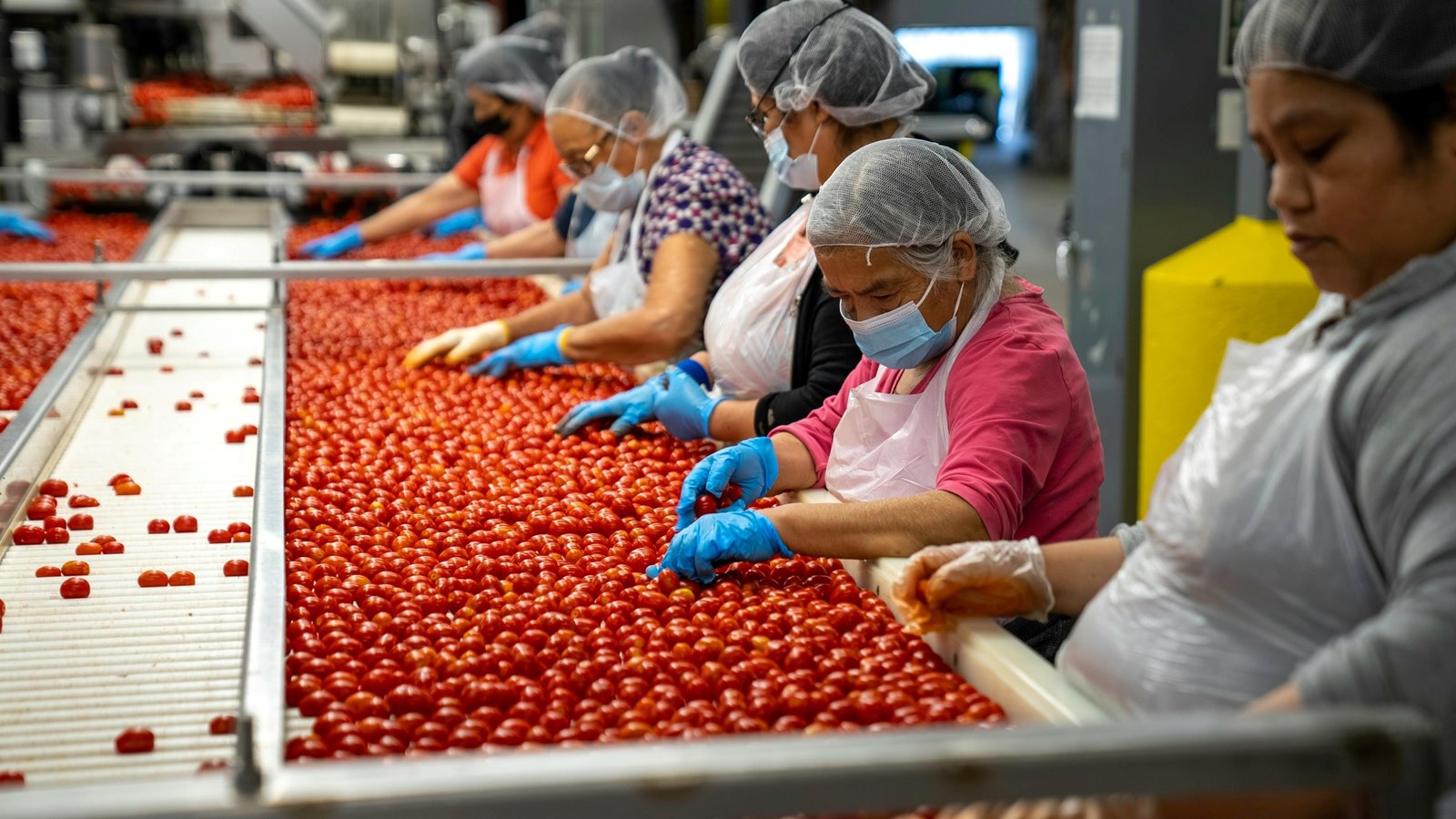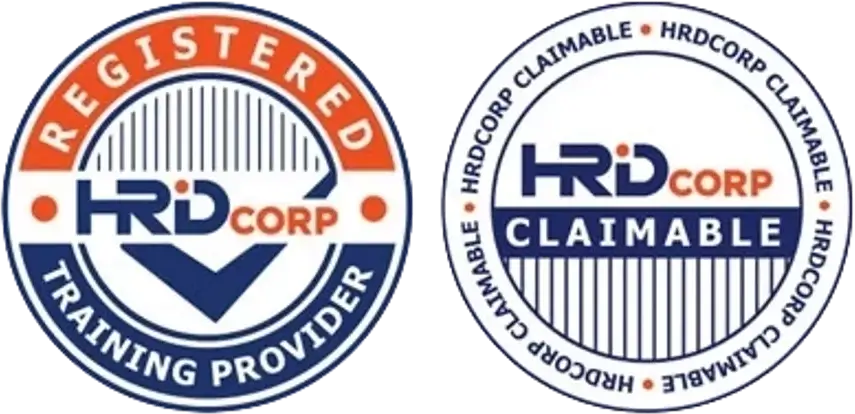How to Understand and Comply with FSSC 22000
Introduction
FSSC 22000 (Food Safety System Certification 22000) is a globally recognized certification that ensures food safety management compliance across the supply chain. Businesses in the food industry must understand its requirements and adhere to its standards to maintain safety, quality, and regulatory compliance.
Understanding FSSC 22000
- Based on ISO 22000: Integrates ISO 22000 standards for food safety management.
- GFSI Recognized: Approved by the Global Food Safety Initiative, enhancing its credibility.
- Applicable to Various Sectors: Covers food manufacturers, packaging companies, logistics, and more.
- Risk-Based Approach: Focuses on hazard identification and preventive measures.
- Includes Prerequisite Programs (PRPs): Specific requirements tailored to different sectors.

Key Requirements of FSSC 22000
- ISO 22000 Framework
- Food safety policy and objectives.
- Implementation of a food safety management system.
- Continuous improvement and monitoring.
- Sector-Specific Prerequisite Programs (ISO/TS 22002-1 to 6)
- Detailed requirements for food manufacturing, packaging, catering, and more.
- HACCP (Hazard Analysis and Critical Control Points)
- Identification and control of food safety hazards.
- Preventive measures to reduce risks.
- Food Defense and Fraud Prevention
- Protection against intentional contamination and fraudulent activities.
- Management Responsibility
- Leadership commitment and employee training.
- Documentation and Record Keeping
- Maintaining compliance records and audit trails.
Steps to Comply with FSSC 22000
1. Conduct a Gap Analysis
- Compare current food safety practices with FSSC 22000 requirements.
- Identify areas that need improvement.
2. Develop a Food Safety Management System (FSMS)
- Implement policies and procedures that align with ISO 22000.
- Establish clear roles and responsibilities within the organization.
3. Train Employees
- Educate staff on food safety principles and compliance standards.
- Conduct regular training sessions and refresher courses.
4. Implement Prerequisite Programs (PRPs)
- Establish hygiene, sanitation, and maintenance protocols.
- Ensure a safe production environment.
5. Apply HACCP Principles
- Perform hazard analysis and define critical control points (CCPs).
- Set up monitoring and verification procedures.
6. Strengthen Food Defense and Fraud Prevention
- Develop risk assessment strategies.
- Implement preventive measures to protect the supply chain.
7. Conduct Internal Audits
- Regularly assess food safety practices.
- Identify non-conformities and take corrective actions.
8. Undergo Third-Party Certification Audit
- Choose an accredited certification body.
- Prepare for and pass the official audit.

Benefits of FSSC 22000 Certification
- Global Recognition: Enhances credibility in international markets.
- Regulatory Compliance: Meets local and global food safety regulations.
- Consumer Trust: Increases confidence in food products.
- Operational Efficiency: Improves production processes and risk management.
- Competitive Advantage: Differentiates businesses in the food industry.
Conclusion
Understanding and complying with FSSC 22000 is essential for businesses aiming to ensure food safety and regulatory compliance. By following the outlined steps and meeting certification requirements, organizations can enhance food safety management, gain a competitive edge, and build consumer trust.
For expert guidance on achieving FSSC 22000 certification, contact us today!


